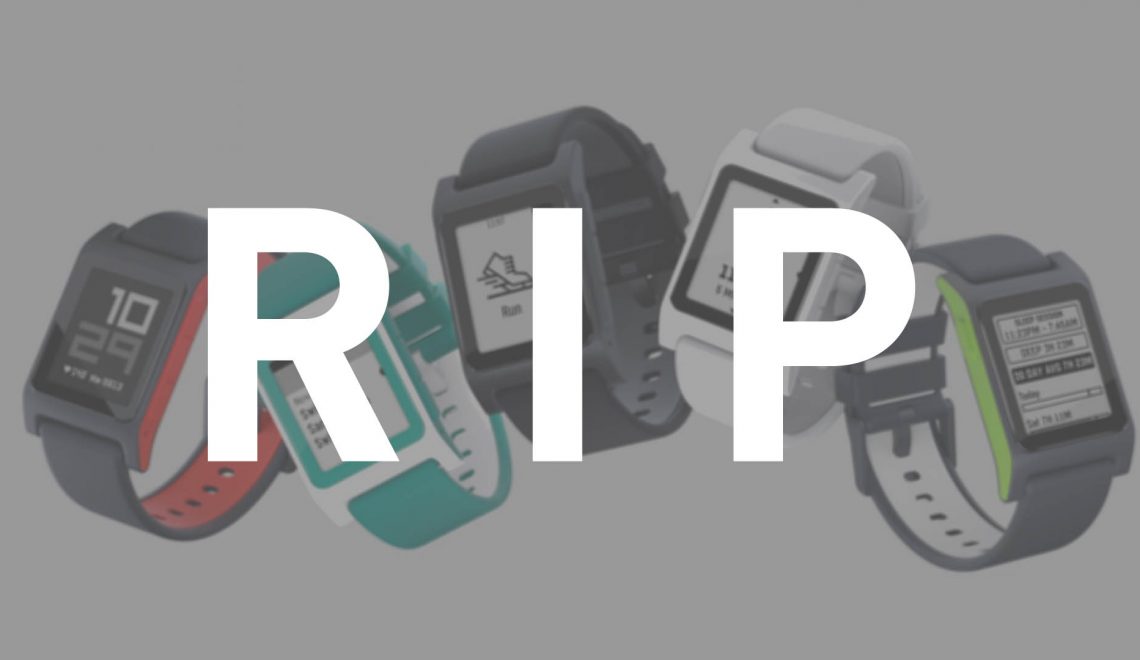While Under Armour has seen amazing growth in the sports apparel industry over the company’s 20 year existence, it has not found the same level of success with wearables. The company’s two previous efforts (the E39 and Armour39) amounted to nothing more than niche products. Perhaps they targeted the wrong audience, offered the wrong feature set, or were just too ugly – but Under Armour has hit the drawing board and is trying again, this time with the help of HTC. The new effort from Under Armour features a suite of connected devices designed to promote fitness, call UA HealthBox. While they each work well as individual product, Under Armour has designed them to be most beneficial as a set.
First up is an activity tracking band. Similar in looks to the Nike+ Fuelband and Garmin Vivosmart, the cleverly named UA Band tracks daily movement and sleep, has a heart rate monitor, allows you to log the type of workout you are doing, and connects to your phone for notifications and music control. The device is water proof up to 10 meters, has a touch sensitive monochrome PMOLED display, and a 5 day battery life. Unfortunately the $180 silicon / plastic fitness band is only available in black (with a few red accents) so if you are not a fan of the coloring, you are out of luck. The data recorded by the UA Band is fed via Bluetooth to the UA Record app on your phone. This app is what Under Armour claims makes their suite of devices so special.
UA Record is very similar to the Withings app. Both apps considerate information from several different sources and display it via 4 quadrants (one shaped as a clover leaf, the other as a quarter circle). The Withings app separates out weight, activity, sleep, and heart information – relying on the company’s health related products to provide the data. The UA Record app on the other hand, is a bit wider in scope, dividing information by nutrition, activity, sleep, and fitness. Through partnerships with various 3rd party apps, you can feed UA Record detailed information about your workouts or even your diet. This information is then consolidated by the app and presented in a way that helps you understand your health and how you can improve your level of fitness. The UA Band is not the only hardware piece of the puzzle though.
Under Armour and HTC are also releasing a $180 connected scale. The also cleverly named UA Scale is very similar to Withings Smart Body Analyzer scale (and a few others out there). Based off of weight, the scale can automatically recognize which user is using the device. The $180 scale also calculates body fat percentage and syncs the data to your UA Record account via WiFi.
The final piece of the puzzle is the UA Heart Rate, a chest heart rate monitor that connects via Bluetooth. The $80 sensor is pretty run-of-the-mill with the exception of an LED light in the sensor. The light changes from blue to red based off of the intensity of the workout. While some people might love to workout without a shirt and marvel in the blue glow of the sensor, showing the world how their body is not even pushing itself as they sweat, we feel like this is more of a “because we can” feature since the majority of people will be wearing a shirt over the heart rate band.
 The concept of UA Healthbox is very interesting. As a suite of devices, they are designed to work seamlessly with the app to provide a concise picture of your fitness level and what you can do everyday to improve it. It also provides Under Armour with an ecosystem to introduce new products, one of which will be the “Record Equipped” SpeedForm Gemini 2s. The neutral running shoes have an integrated sensor to record steps, cadence, and distance and will cost $150 when they launch at the end of February. Under Armour will also be expanding the system of devices to include the UA Headphones Wireless Heart Rate (again with the clever naming). These $250 Bluetooth earbuds are exactly as the name describes; they will be able to feed heart rate information to the UA Record app. For Bluetooth headphones, they are not cheap and don’t offer a lot for your dollar versus other products on the market – and that brings us to the overall issue with Under Armour’s suite of connected devices. While the UA Band is a decently compelling product (it is the gateway product), the other devices seem to be suffering from an “ecosystem tax;” that is to say, they offer fewer abilities than competing products yet cost more because they work together. For example, the Withings scale also calculates BMI and measures your heart rate, yet it is $30 cheaper. And the $250 UA Wireless Headphones seem stripped of features when compared to the $300 Bragi Dash, which is completely wire free, comes in charging case, and tracks your activity and heart rate. We think the Under Armour is on the right track approaching the fitness market with a suite of products able to paint a complete picture of your health, we just wish they had decided to make all of their products as competitive as the UA Band, instead of relying on the fact that users will be “locked in.”
The concept of UA Healthbox is very interesting. As a suite of devices, they are designed to work seamlessly with the app to provide a concise picture of your fitness level and what you can do everyday to improve it. It also provides Under Armour with an ecosystem to introduce new products, one of which will be the “Record Equipped” SpeedForm Gemini 2s. The neutral running shoes have an integrated sensor to record steps, cadence, and distance and will cost $150 when they launch at the end of February. Under Armour will also be expanding the system of devices to include the UA Headphones Wireless Heart Rate (again with the clever naming). These $250 Bluetooth earbuds are exactly as the name describes; they will be able to feed heart rate information to the UA Record app. For Bluetooth headphones, they are not cheap and don’t offer a lot for your dollar versus other products on the market – and that brings us to the overall issue with Under Armour’s suite of connected devices. While the UA Band is a decently compelling product (it is the gateway product), the other devices seem to be suffering from an “ecosystem tax;” that is to say, they offer fewer abilities than competing products yet cost more because they work together. For example, the Withings scale also calculates BMI and measures your heart rate, yet it is $30 cheaper. And the $250 UA Wireless Headphones seem stripped of features when compared to the $300 Bragi Dash, which is completely wire free, comes in charging case, and tracks your activity and heart rate. We think the Under Armour is on the right track approaching the fitness market with a suite of products able to paint a complete picture of your health, we just wish they had decided to make all of their products as competitive as the UA Band, instead of relying on the fact that users will be “locked in.”





